¿Pueden utilizarse disipadores de calor para la refrigeración pasiva en fachadas de edificios?
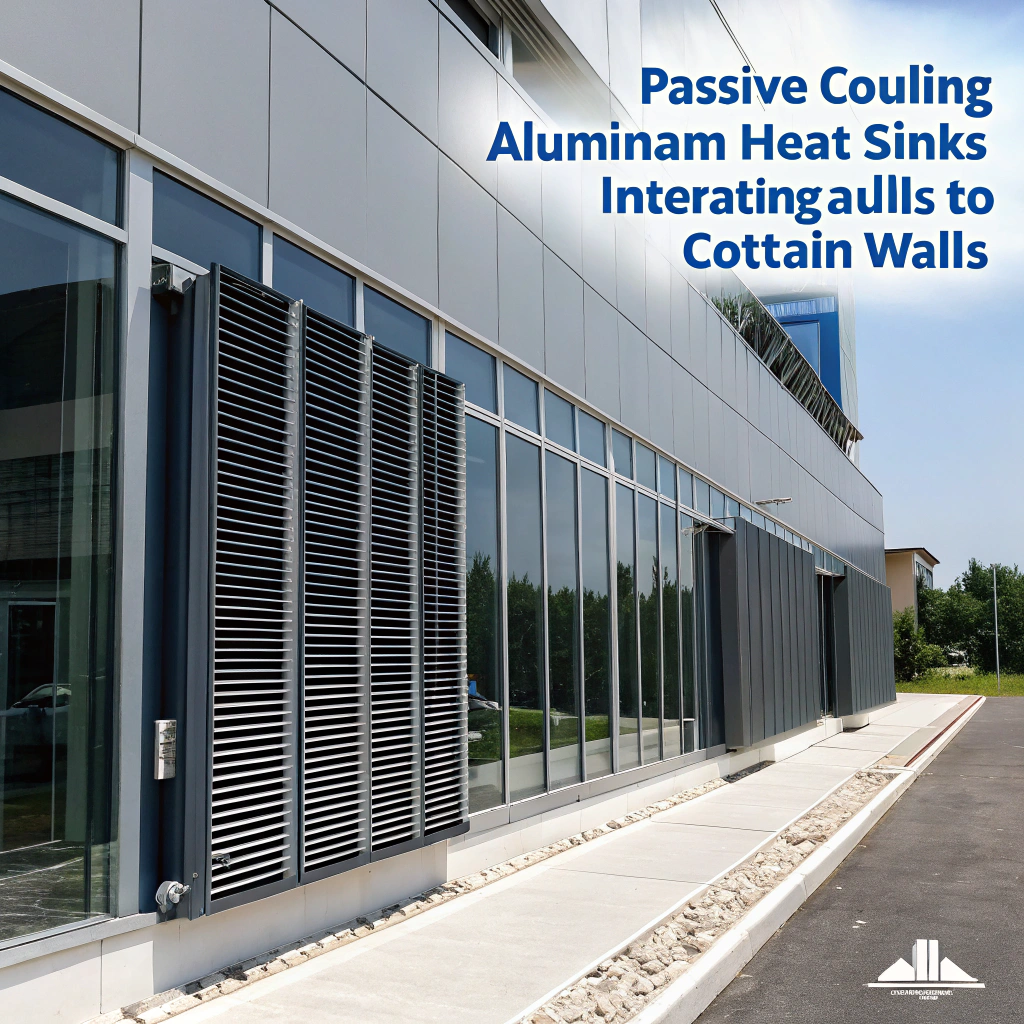
Most building facades trap heat. This causes indoor overheating and higher energy bills. But what if we used heat sinks, like those in electronics, to help cool buildings passively?
Yes — with proper design and materials, heat sinks can play a powerful role in passive cooling strategies for building facades and curtain walls.
Today’s buildings face rising cooling demands. Passive cooling offers a cost-saving and eco-friendly solution. Let’s explore how heat sinks fit into this idea.
Are heat sinks suitable for building-facade thermal systems?
Buildings struggle with solar heat gain, especially on glazed facades. Without thermal management, this leads to overheating and discomfort.
Yes — our heat sink modules, when designed for outdoor use, can integrate into building facades to extract heat and support thermal regulation.
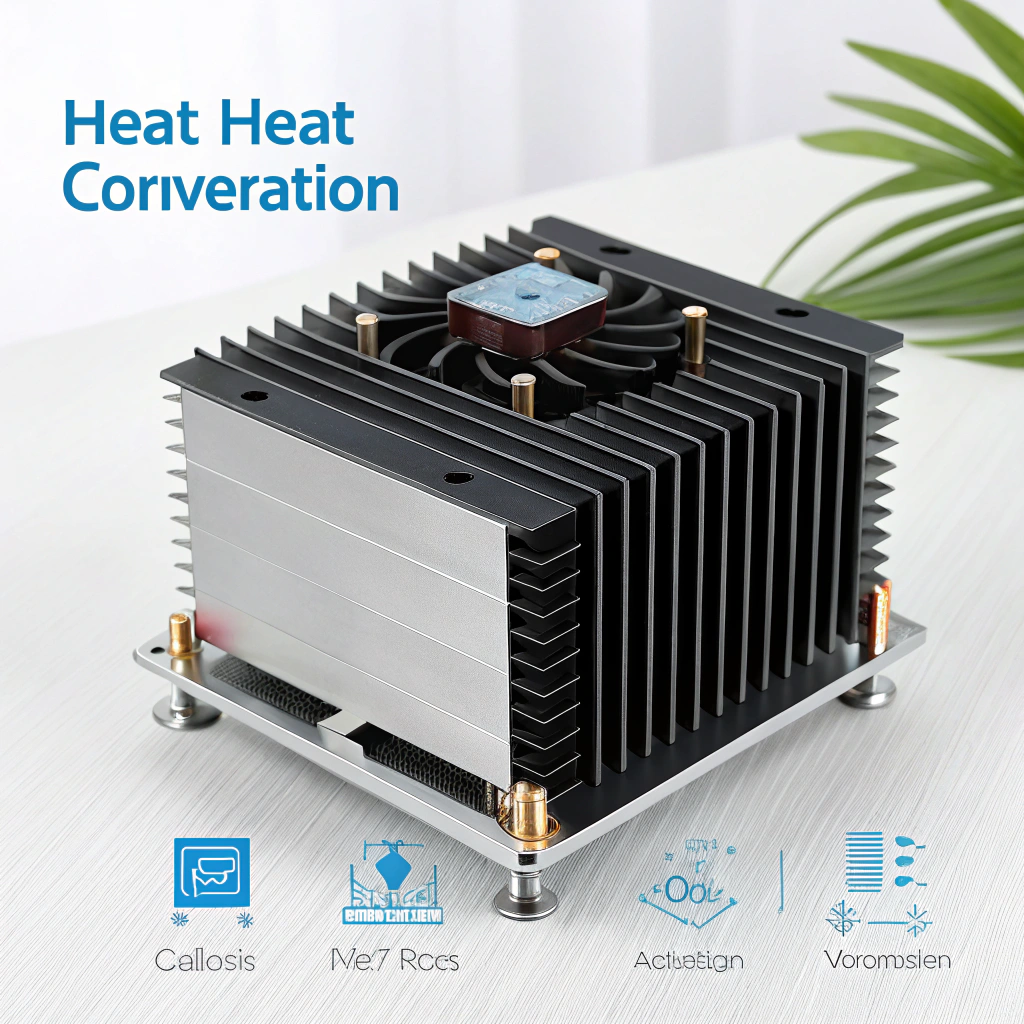
To work effectively, facade heat sinks must differ from typical electronic ones. They must endure UV rays, rain, wind, and pollution. We use high-grade aluminum alloys like 6063-T5 or 6061-T6, which offer excellent corrosion resistance and thermal conductivity.
Table: Comparison of Indoor vs. Facade Heat Sink Requirements
| Característica | Electronics Heat Sinks | Facade Heat Sinks |
|---|---|---|
| Medio ambiente | Controlled, dry | Outdoors, variable weather |
| Material Coating | Anodizado negro | Hard anodizing, powder coat |
| Mounting | Static, internal | Integrated into wall systems |
| Exposición | Ninguno | UV, rain, salt, wind |
| Cleaning Needed | Rarely | Yes, to remove dirt and debris |
Another key is acabado superficial. High-emissivity anodized aluminum radiates heat well. We also apply coatings that allow the surface to release heat by convection and radiation — critical in non-ventilated areas.
Heat sinks designed for electronics are ready for outdoor use in building facades.Falso
Electronics heat sinks lack weather protection and structural integration for facade environments.
Heat sinks with anodized coatings and weatherproof materials can be used in building thermal systems.Verdadero
These coatings improve corrosion resistance and thermal radiation for long-term use in facades.
What thermal roles do heat sinks play in curtain walls?
Curtain walls often trap solar heat between glass and insulation. This trapped heat raises indoor temperatures and energy costs.
Heat sinks in curtain walls help spread, drain, and radiate heat outward, reducing indoor temperature rise and peak HVAC loads.
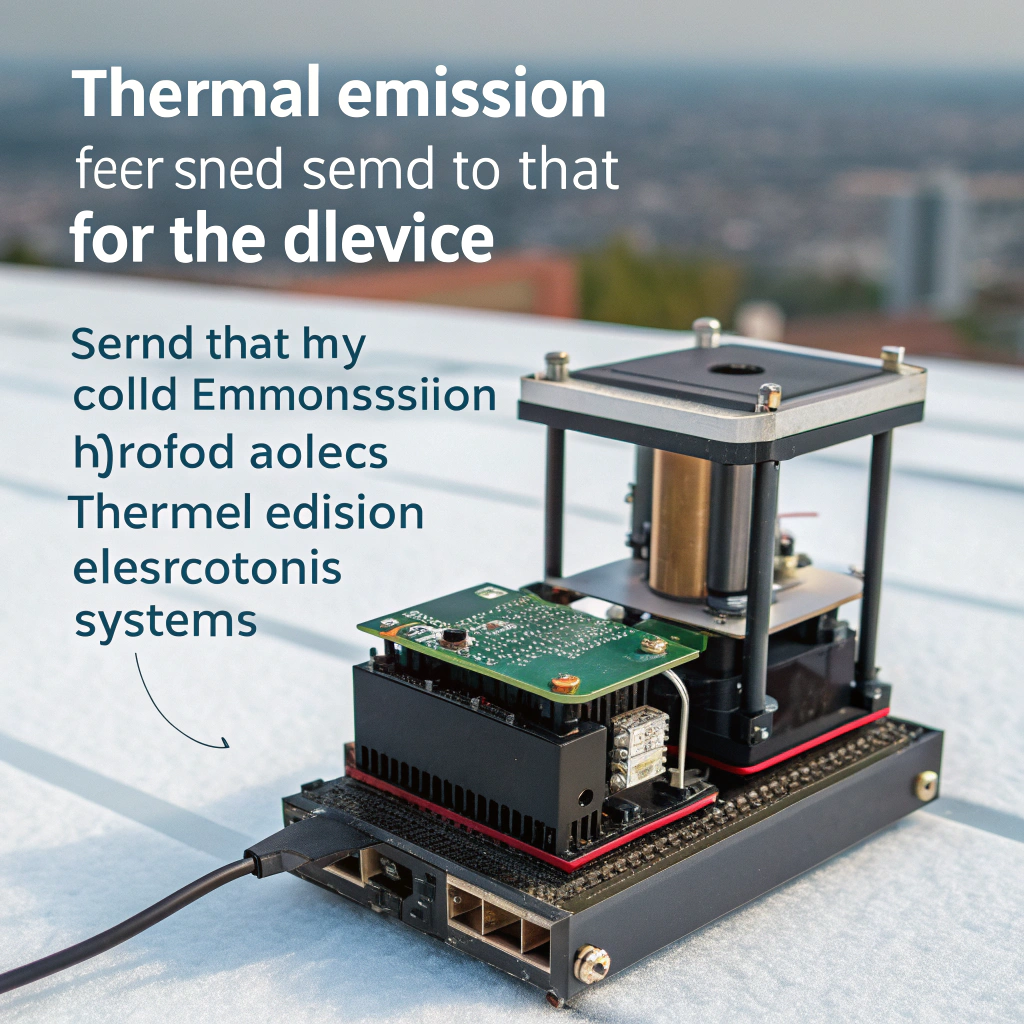
There are several roles heat sinks play in curtain wall systems:
1. Heat Distribution
Finned structures spread heat across a larger area. This prevents hotspots and lowers thermal stress on specific components.
2. Thermal Drainage
In ventilated double-skin facades, heat sinks pull heat from the inner layer and release it into airflow channels. This boosts passive convective cooling.
3. Radiative Emission
High-emissivity finishes allow heat sinks to release energy toward the night sky or cooler ambient air — especially effective at night.
4. Passive Cooling Interface
They link the building’s warm interior components with cooler outer layers. This transfer happens without fans or electricity.
Table: Heat Sink Function in Curtain Wall Systems
| Papel | Función | Passive or Active? |
|---|---|---|
| Distribución del calor | Spreads heat to prevent hotspots | Pasivo |
| Thermal Drainage | Dumps heat into airflow cavities | Pasivo |
| Radiative Emission | Sends heat to sky or cold surroundings | Pasivo |
| Interface for TEMs | Supports hybrid systems with electronics | Active + Passive |
Heat sinks only work when active fans are present.Falso
Properly designed heat sinks can work passively via natural airflow and radiation.
In curtain walls, heat sinks can improve thermal performance by reducing peak temperature zones.Verdadero
They spread and radiate heat outward, limiting heat buildup inside.
Have you supported heat management in architectural designs?
Yes — several of our clients in architecture have faced heat buildup in ventilated facades and needed passive cooling help.
We’ve adapted aluminum heat sink designs to support thermal load management in buildings, including double-skin facades and solar shading systems.
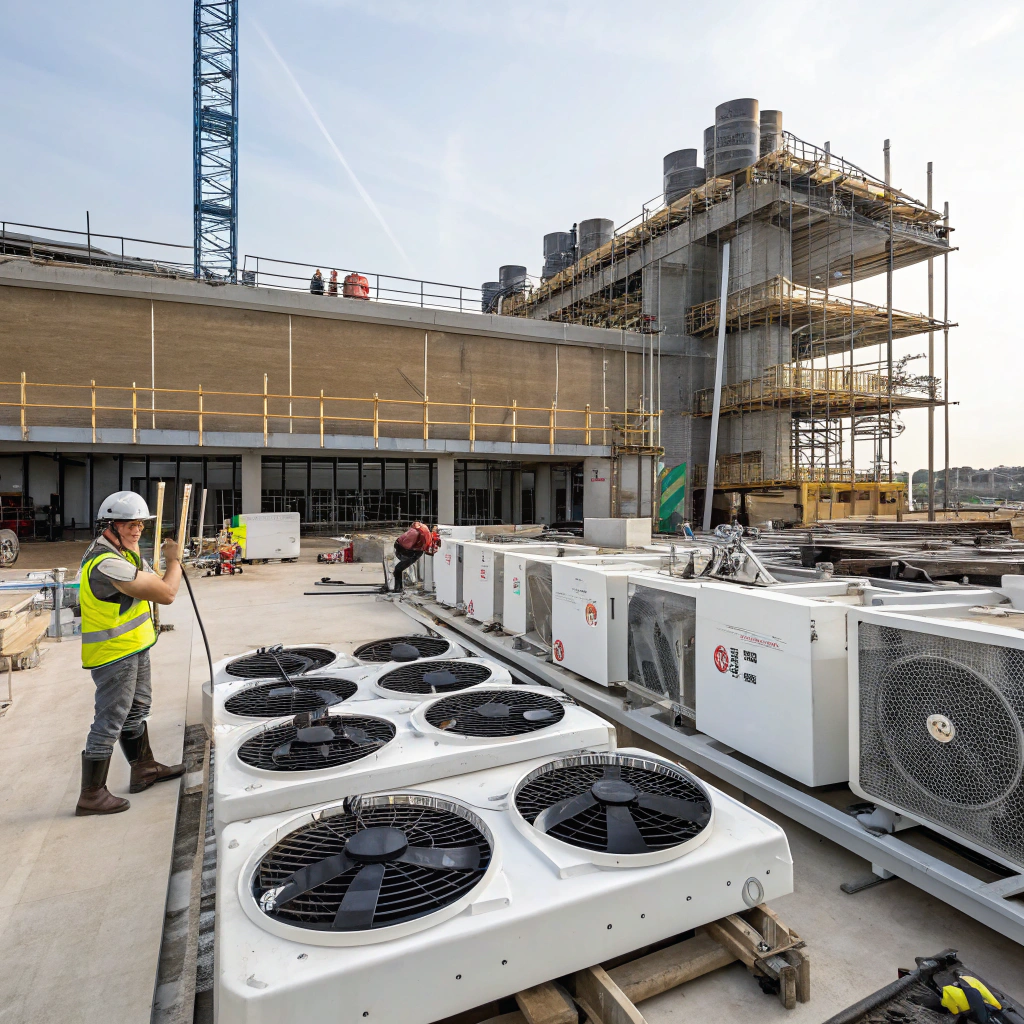
In one example, a German industrial facility used ventilated aluminum panels as part of its building envelope. Behind each panel, we integrated a custom finned heat sink module. It worked like this:
- Solar gain heated the cavity between wall and panel.
- Heat sinks transferred energy from this hot air to the outer panel.
- The panel surface then radiated heat to the environment.
We also supported a Middle Eastern office tower project. The team needed a passive solution to reduce HVAC costs. We worked with the building engineer to embed thermal plates and extended fins inside the cavity of the double-glass façade. Our aluminum profiles met both strength and conductivity requirements.
Key Benefits Clients Reported
- Lowered surface temperatures by up to 8°C
- Reduced HVAC cooling demand by 6–10%
- Improved comfort on sun-facing sides
- Achieved LEED passive energy credits
Aluminum heat sinks have been used successfully in curtain wall systems for passive cooling.Verdadero
Multiple real-world projects used heat sinks to reduce surface temperature and manage solar gain.
Most building projects avoid using heat sinks due to cost and complexity.Falso
When designed well, heat sinks are a cost-effective passive cooling solution.
Can heat sinks resist outdoor weathering in construction use?
One major challenge is outdoor durability. Rain, UV, wind, and pollutants degrade unprotected materials.
Yes — with hard anodized coatings and weather-grade alloys, our heat sinks survive harsh outdoor conditions and maintain performance.
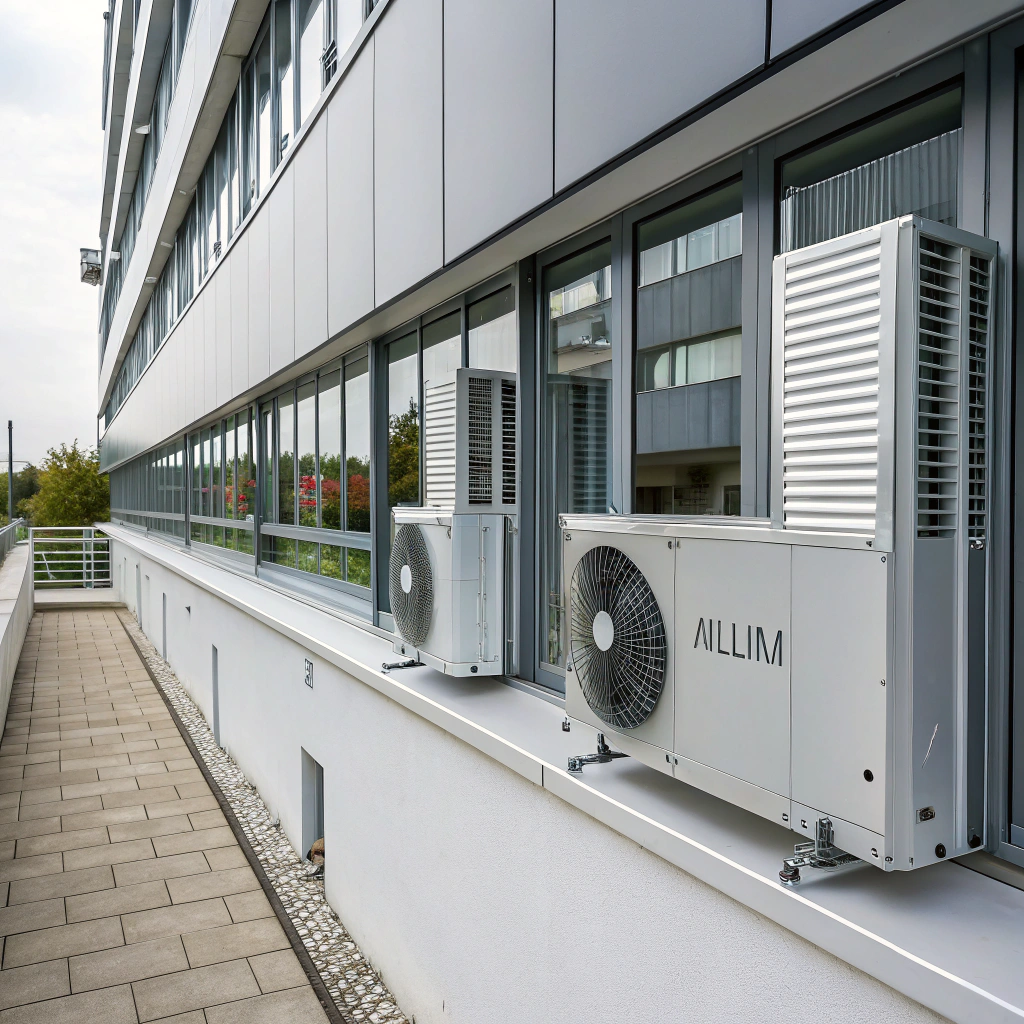
We address weathering in several ways:
1. Material Selection
We choose 6061-T6 and 6063-T5 aluminum, known for corrosion resistance. These alloys have excellent strength-to-weight ratios and are commonly used in automotive and aerospace.
2. Coating Options
We apply hard anodizing, which creates a protective oxide layer. It resists wear, salt, and UV damage. We also offer powder coatings or e-coats for enhanced color and scratch resistance.
3. Drainage and Design
Our fins are sloped or ventilated to allow water drainage. Mounting frames include thermal breaks and expansion slots to prevent fatigue or cracking from temperature swings.
4. Long-Term Testing
We simulate 10-year weather cycles using accelerated tests:
- Niebla salina
- UV chambers
- Ciclos de congelación-descongelación
- Impact/hail tests
These ensure the product remains functional over time, even in coastal or desert climates.
Anodized aluminum heat sinks with proper coatings can last 10+ years in outdoor use.Verdadero
Testing and field use show anodized heat sinks resist UV, salt, and corrosion for over a decade.
All aluminum fins corrode quickly when used outside.Falso
Only untreated aluminum corrodes rapidly. Proper alloys and coatings greatly extend life.
Do your products support passive cooling in facades?
Buildings need smarter, energy-free ways to stay cool. Passive cooling uses nature — air, radiation, and material properties.
Yes — our heat sinks are ideal components for passive cooling systems in building facades, especially when integrated into ventilated or radiative designs.
We support passive cooling through:
Convection Support
In ventilated curtain walls, our aluminum fins increase surface area and boost airflow-driven heat removal.
Radiation to Sky
At night, high-emissivity surfaces radiate heat into the cold sky. We optimize surface texture and color to enhance this effect.
Heat Load Buffering
Our components slow down thermal rise during the day and help shift heat loss to off-peak times, reducing AC load.
These are all done passively — no fans or pumps needed. We’ve seen this reduce cooling loads by up to 12% in some test setups.
Table: Passive Cooling Roles of Heat Sink Components
| Papel | Función | Beneficio |
|---|---|---|
| Convective Enhancement | Supports natural airflow in wall cavities | Faster heat removal |
| Radiative Heat Dumping | Sends heat to cold sky at night | Lowers interior temperature |
| Thermal Lag Support | Buffers heat during hot daytime hours | Reduced peak energy usage |
| Hybrid Readiness | Works with thermoelectric cooling units | Adds passive performance boost |
Passive cooling strategies can benefit from aluminum heat sinks in ventilated facades.Verdadero
Aluminum fins enhance airflow and radiation, key to passive cooling performance.
Passive cooling only works with high-tech equipment and sensors.Falso
Passive cooling uses basic physical principles like airflow and heat radiation, not complex electronics.
Conclusión
Heat sinks aren’t just for electronics. With the right design, they can help buildings stay cool — passively, reliably, and efficiently — all while reducing energy use.



